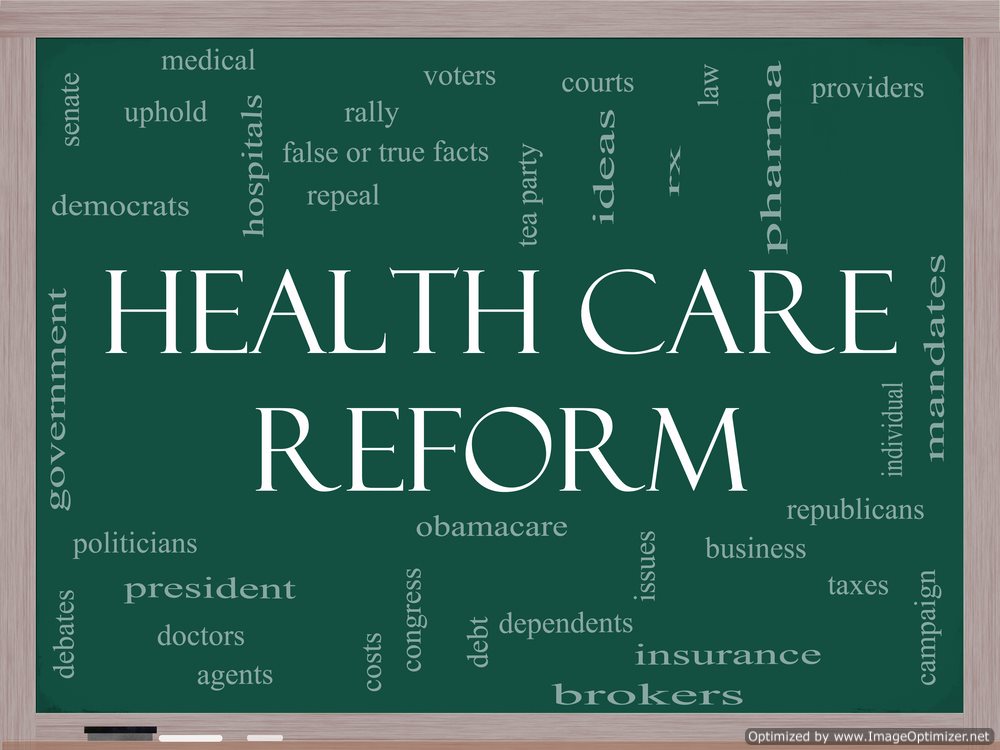Does Obamacare Help the Female Population?

With Mother’s Day behind us, President Obama spoke to a group of women—including a number of moms—about the ways the new Affordable Care Act is already providing aid to millions of Americans like them.
“The female population in particular has more control today over their own care than ever before,” the President of the United States said. “I am pleased to be joined today by many women who contacted us to describe what the Affordable Care Act does for them.”
Carol was just one of the women who contacted President Obama, and today, she introduced him in the East Room. Carol’s son, a recent college graduate and survivor of a traumatic brain injury, was able to stay on his family’s health care policy instead of being removed off the plan this year. Procuring coverage on his own would have been virtually impossible, as Carol mentioned to the President. “Given my son’s history, he would be uninsurable under the archaic set of laws. Instead of finishing law school, my resources and my son’s resources would have been channeled into somehow finding an insurance policy that would cover him.”
Carol and her son, according to the Whitehouse, are why the new Affordable Care Act lets you people stay on their parent’s healthcare plan until they reach the age of 26, President Obama said.
Another woman named Alycia also spoke about the benefits the new laws bring to her family. “Alycia is the mother of Avey, who is a 3-year-old girl who is battling Leukemia,” President Obama explained. “Imagine what this is like for a parent. While you are just figuring out how to take care of a baby, you have to figure out how you are going to pay for expensive treatment that could save your baby’s life. This is why the Affordable Care Act made it illegal for unscrupulous individuals in the insurance industry to discriminate against children like Avey.”
President Obama mentioned a few more ways the Affordable Care Act is helping people throughout the United States. “Insurance companies can no longer impose lifetime limits on the amount of care you undertake, or drop you from coverage if you get sick, or discriminate against your children who have preexisting conditions,” President Obama said. “And women are now given access to free preventive care like mammograms, checkups, and cancer screenings, so you can evaluate and catch preventable illness on the front end. Because of this Act, seniors on Medicare can now receive free checkups and preventive care with zero deductibles or co-pay. These individuals also receive discounts on prescription drugs, which have already saved over 6 million seniors more than $700 each.”
Source: whitehouse.gov





























